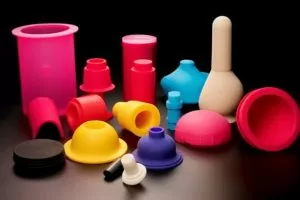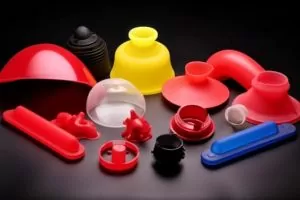Introduction
Silicone rubber compression molding is a widely utilized manufacturing process that involves shaping liquid silicone rubber into desired forms using heat and pressure. This process is commonly employed in various industries to produce a wide range of silicone rubber components. While the initial cure step is crucial for achieving the desired shape, the post-curing process plays a vital role in enhancing the properties and performance of the final silicone rubber products.
The post-curing process, which occurs after the initial curing, involves subjecting the molded silicone rubber parts to additional heat treatment. This secondary curing stage allows for the completion of chemical reactions and the formation of rendered stable molecular chains within the material. As a result, the mechanical properties, heat resistance, and overall quality of the silicone rubber components are significantly improved.
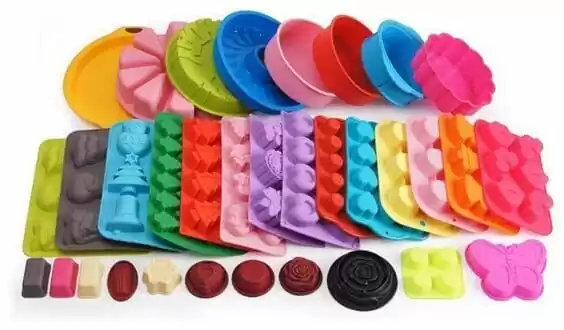
Post-curing is an post cure ensures step in the silicone rubber compression molding process because it ensures that the final products possess the desired characteristics and meet the required standards. By undergoing post-curing, silicone rubber products can exhibit enhanced strength, durability, and dimensional stability. Moreover, this process helps minimize the risk of residual compounds or by-products, leading to cleaner and higher-quality silicone rubber components.rendered stable finished state
In the following sections, we will explore the post-curing process in more detail, including its purpose, methods, and the benefits it provides to silicone rubber compression molding.
II. What is Post-Curing?
Post-curing in silicone rubber compression molding refers to the additional heat treatment given to molded silicone rubber parts after the initial curing process. It is a secondary step aimed at further enhancing the material’s properties and ensuring its optimal performance in the final product.
The purpose of post-curing is to complete the cross-linking reaction within the silicone rubber material. During the initial curing, only a portion of the cross-linking takes place, resulting in a partially cured state. Post-curing provides the necessary conditions for the remaining cross-linking reactions to occur, leading to improved mechanical properties, heat resistance, and overall quality of the silicone rubber components.
The benefits of post-curing in silicone rubber compression molding include:
Enhanced Mechanical Properties: Post-curing allows the silicone rubber to reach its full potential in terms of mechanical properties. It improves tensile strength, elongation, tear resistance, compression set resistance, and other important characteristics. This results in stronger, more durable, and reliable silicone rubber products.
Improved Heat Resistance: The post-curing process enhances the heat resistance of the silicone rubber. It enables the material to withstand high temperatures without significant deformation, degradation, or loss of performance. This is particularly important for applications where the silicone rubber is exposed to elevated temperatures or extreme thermal conditions.
Dimensional Stability: Post-curing helps maintain the dimensional stability of the silicone rubber components. It reduces the risk of shrinkage or expansion, ensuring that the final products retain their intended shape and size. This is crucial for achieving precise tolerances and ensuring proper fit and functionality of the silicone rubber parts.
Reduction of Curing By-products: Post-curing minimizes the presence of uncured compound or by-products that may remain after the initial curing process. This reduces the potential for outgassing or the release of volatile substances, which can be detrimental in sensitive applications such as medical devices or electronics.
There are several post-curing methods available for silicone rubber compression molding, including:
Oven Curing: Placing the molded parts in an oven and subjecting them to controlled temperature and time conditions.
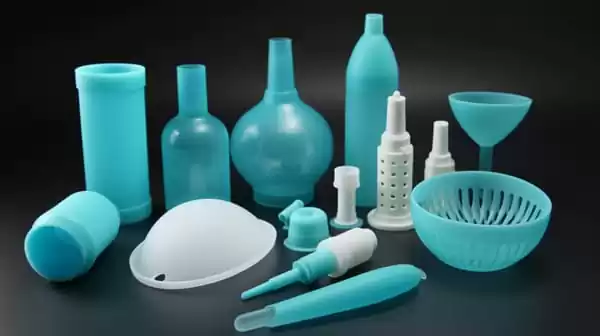
Hot Air Circulating Oven: Using specialized equipment to circulate hot air around the silicone rubber parts for uniform heat distribution.
Microwave Curing: Utilizing microwave energy to generate heat within the silicone rubber, resulting in faster curing times.
Liquid Immersion: Submerging the silicone rubber parts in a temperature-controlled liquid medium, such as water or silicone oil, to facilitate curing.
The selection of the post-curing method depends on factors such as the specific silicone formulation, the desired properties of the final product, and the complexity of the parts being cured.
III. The Post-Curing Process
The post-curing process in silicone rubber compression molding involves subjecting the molded silicone rubber parts to additional heat treatment after the initial curing. Various methods can be employed for post-curing, each with its own advantages and considerations. Here are the different post-curing methods commonly used:
Oven Curing: Oven curing is a widely used method for post-curing silicone rubber components. In this method, the molded parts are placed in a static oven and exposed to controlled temperature and time conditions. The specific temperature and duration depend on the silicone formulation and the desired properties of the final product. Oven curing ensures uniform heat distribution, allowing for efficient post-curing throughout the components.
Hot Air Circulating Oven: Hot air circulating ovens are equipped with specialized equipment that facilitates the circulation of hot air around the silicone rubber parts. This method ensures even heat distribution and promotes uniform curing. The circulation of hot air helps maintain consistent temperatures throughout the curing process, resulting in reliable and high-quality post-cured parts.
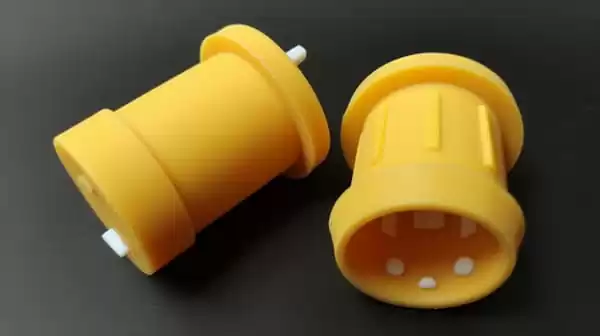
Microwave Curing: Microwave curing utilizes microwave energy to generate heat within the silicone rubber parts. This method offers the advantage of faster curing times compared to conventional methods. However, careful control of temperature and exposure time is necessary to prevent overheating or undercuring. Microwave curing can be an efficient option when time is a critical factor, but it requires proper monitoring and adjustment to achieve optimal curing results.
Liquid Immersion: Liquid immersion is a post-curing method suitable for silicone rubber products with complex geometries or delicate features. In this method, the molded parts are submerged in a temperature-controlled liquid medium, such as water or silicone oil. The liquid medium facilitates the transfer of heat to the parts, enabling uniform and controlled curing. Liquid immersion is particularly useful when maintaining the integrity of intricate designs or preventing distortion during the post-curing process.
The choice of the post-curing method depends on factors such as the silicone formulation, part geometry, production requirements, and desired properties of the final product. Manufacturers must carefully consider these factors to select the most appropriate post-curing method that ensures consistent and optimal curing results. Proper post-curing techniques contribute to the production of high-quality silicone rubber components with enhanced mechanical properties, dimensional stability, and heat resistance.
V. How to Post Cure Silicone Mold?
Post-curing a silicone mold is a critical step in the silicone rubber compression molding process. Here is a step-by-step guide to post-curing a silicone injection molding part:
Mold Removal and Cleaning:
- After the initial curing process, carefully remove the silicone mold from the compression mold or tooling.
- Thoroughly clean the mold cavity to remove any residual release agents, contaminants, or debris. This ensures that the mold surface is clean and ready for the post-curing process.
By following these steps, manufacturers can ensure effective post-curing of silicone molds. This post-curing process optimizes the mechanical properties, dimensional stability, and heat resistance of the silicone molds, resulting in high-quality and reliable silicone rubber components.
Conclusion
In conclusion, the post-curing process plays a vital role in silicone rubber compression molding, contributing to the production of high-quality and reliable silicone rubber components. By undergoing post-curing, the molded silicone rubber parts achieve enhanced mechanical properties, improved dimensional stability, and increased heat resistance. These benefits are crucial for meeting the stringent requirements of various industries and applications.
Manufacturers must recognize the significance of post-curing in achieving high-quality silicone rubber components that meet the demanding requirements of various industries. By implementing proper post-curing techniques, they can ensure that the molded silicone rubber parts possess the desired mechanical properties, dimensional stability, and heat resistance. This, in turn, contributes to the overall success and reliability of silicone rubber products in diverse applications.

